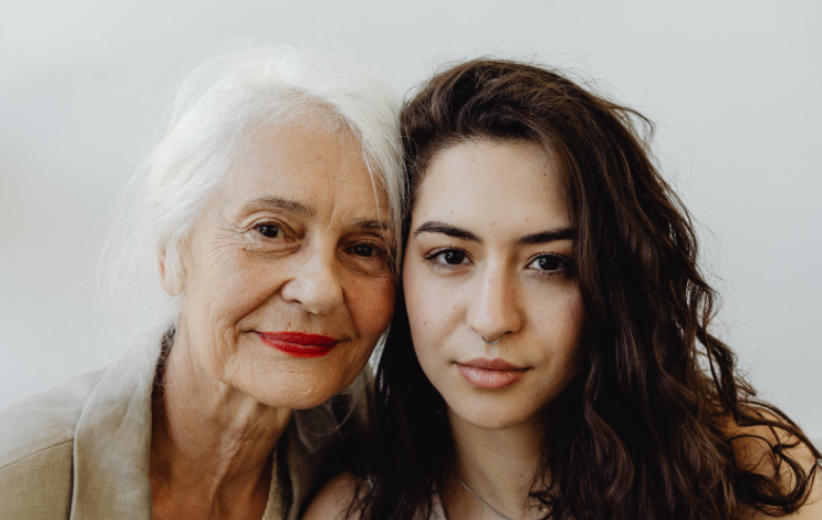
True or false?
Medicare will cover the cost of mom’s housing and care.
False.
It’s a fairly common misconception that Medicare will cover the cost of housing for older adults, but this is not the case. Medicare will cover up to 100 days a year in a nursing home, but only after a qualifying hospital stay. Particularly since housing prices and living costs are expected to continue to rise, a viable housing plan is more important than ever before.
Most funding for the housing and care of older adults comes from these sources:
- The sale or rental income of their home
- Retirement income such as a pension or investment account withdrawals
- Social Security benefits. According to the Center on Budget and Policy Priorities, in 2022, retired workers received an average of $1,669 per month in Social Security benefits
The fact is that for most older adults in the United States, their available funds do not adequately cover the cost of housing and necessary expenses. Currently, more than 15 million older adults are “economically insecure,” meaning they live at or below 200% of the federal poverty level ($27,180 per year for a single person in 2022), according to the National Council on Aging. In fact, by 2030 there will be about 72 million adults over the age of 65 with more older adults expected to enter the federal poverty level than ever before.
Budgeting Tools for Senior Housing
Are you helping an older adult to plan ahead or stepping in to help manage a budget for housing and care? There are two free resources to help in the budget planning process:
- This free Retirement Planner Worksheet is for individuals ages 50-70 and does not require identifying information.
- If the expected income from Social Security is unknown, you can get an estimate of the expected benefit payout from the Social Security website.
Creative Senior Housing Options
It’s clear that affordable housing options and creative solutions are much needed to address the needs of economically insecure older adults. Some housing solutions include:
- An Accessory Dwelling Unit which can be added to an existing property. Detailed information about ADUs can be found in our article HERE.
- Manufactured home communities for 55+ can be another more affordable option. The home itself is owned, while the land in which it sits is leased. Care should be taken to understand the expected increases for the cost of the land lease.
- Senior apartment complexes offer independent living units, sometimes with common use areas and services. The cost of renting is usually less than the cost to maintain a home and cover property taxes, upkeep and repairs.
- The United States Department of Housing and Urban Development (HUD) offers affordable public housing apartments and single-family homes for older adults in need. The two programs which offer the most help to older adults are HUD’s Section 202 Affordable Senior Housing and HUD’s Housing Voucher Program
- The Low Income Housing Tax Credit (LIHTC) Program does not provide housing subsidies, but tax incentives to encourage developers to create affordable housing. These tax credits are provided to each state based on population and are distributed to the state’s designated tax credit allocating agency.
Both HUD programs and the LIHTC have specific processes and requirements to apply. Unfortunately, they can be time-consuming and confusing to navigate. The demand for subsidized housing is already significant and is only going to increase. So while there are long waitlists, it’s wise to begin the process of applying, even if it means paying an application fee.
Our Housing and Care Options chart provides a general overview and cost comparisons.
